Recently, Ink & Elm sent me a few of their backgrounds (free of charge) to try out with my food photography. I have used their product in the past and had posted about them in another article here on the blog, Food Props and Styling Resources for Photographers. The past few backdrops I have used were hit-and-miss, but I think that they have made some great improvements.
They sent me two backdrops: one with a wood print, and one with a bokeh print. They were able to print the “wood” image on a vinyl that had less nylon texture to it, which can be one of the complaints about nylon backdrops (if you get too close-up or the light hits it just right you can see the texture). However, this particular backdrop was much more smooth and I did not notice the same texture as in the other backdrops. (I haven’t used the bokeh one, yet, but when I do I’ll be sure to post here on the blog.)
I do a lot of my food photographs back-lit, and you can see in the photos that it sometimes lights the backdrop up a little more than it would if it were actual wood. These backdrops have a LOT of pros, such as easy cleanup, easy to transport and store, and they look pretty darn good. Here’s a gallery of some images I took over the last few days using this backdrop:
- Fujifilm X-T1, Fujinon XF 18-135mm lens. 1/8 sec at f/5.6, ISO 200
- © Nicole S. Young — nicolesy.com
Recently, Ink & Elm sent me a few of their backgrounds (free of charge) to try out with my food photography. I have used their product in the past and had posted about them in another article here on the blog, Food Props and Styling Resources for Photographers. The past few backdrops I have used were hit-and-miss, but I think that they have made some great improvements.
They sent me two backdrops: one with a wood print, and one with a bokeh print. They were able to print the “wood” image on a vinyl that had less nylon texture to it, which can be one of the complaints about nylon backdrops (if you get too close-up or the light hits it just right you can see the texture). However, this particular backdrop was much more smooth and I did not notice the same texture as in the other backdrops. (I haven’t used the bokeh one, yet, but when I do I’ll be sure to post here on the blog.)
I do a lot of my food photographs back-lit, and you can see in the photos that it sometimes lights the backdrop up a little more than it would if it were actual wood. These backdrops have a LOT of pros, such as easy cleanup, easy to transport and store, and they look pretty darn good. Here’s a gallery of some images I took over the last few days using this backdrop:
- Fujifilm X-T1, Fujinon XF 18-135mm lens. 1/8 sec at f/5.6, ISO 200
- © Nicole S. Young — nicolesy.com

Nicole is a photographer, published author, and educator specializing in Lightroom, Photoshop, and photography. She is best known for her books on food photography but is widely versed in various photographic genres, including landscape, nature, stock, travel, and experimental imagery.



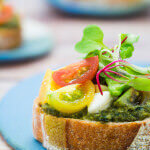
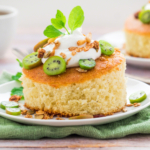
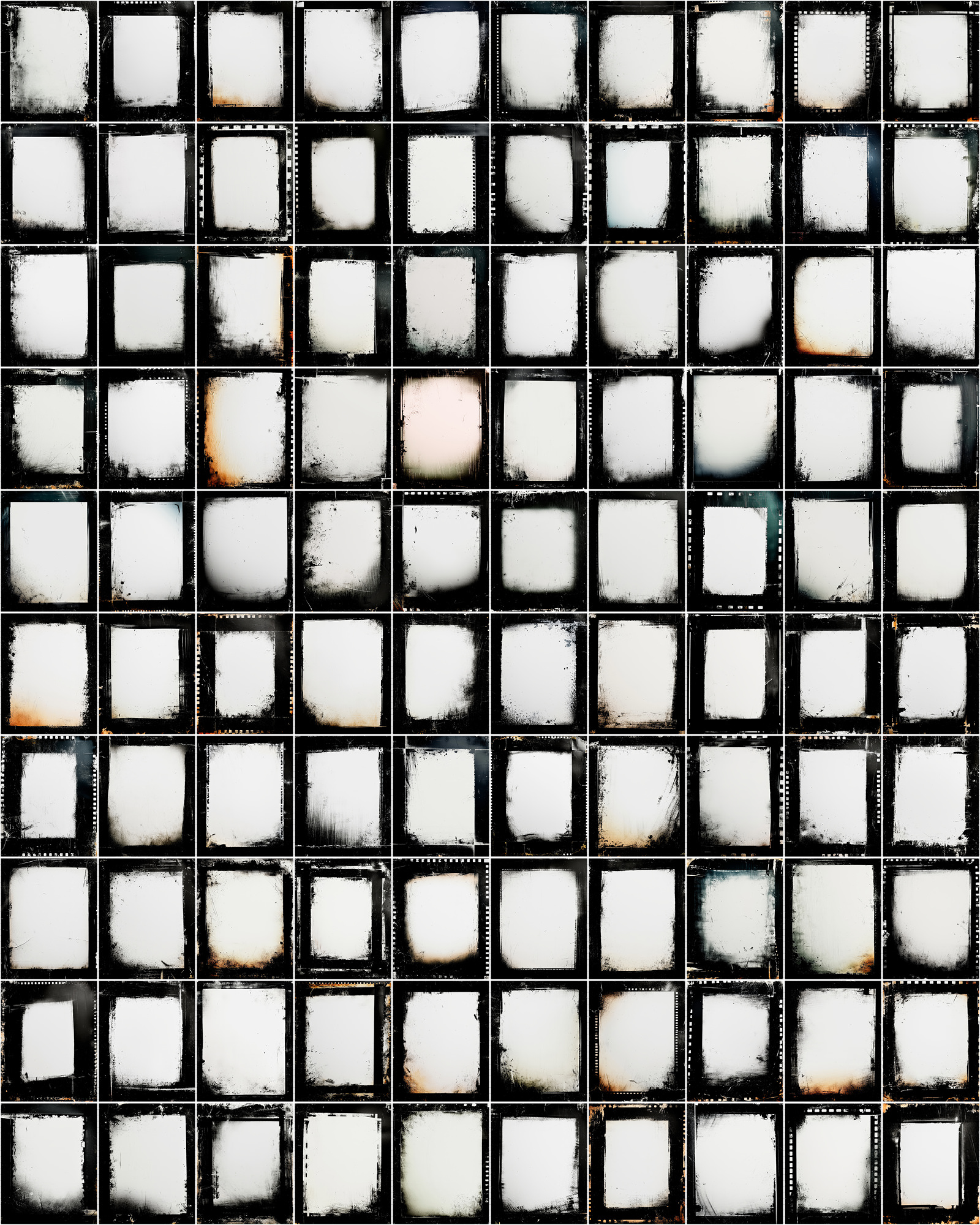
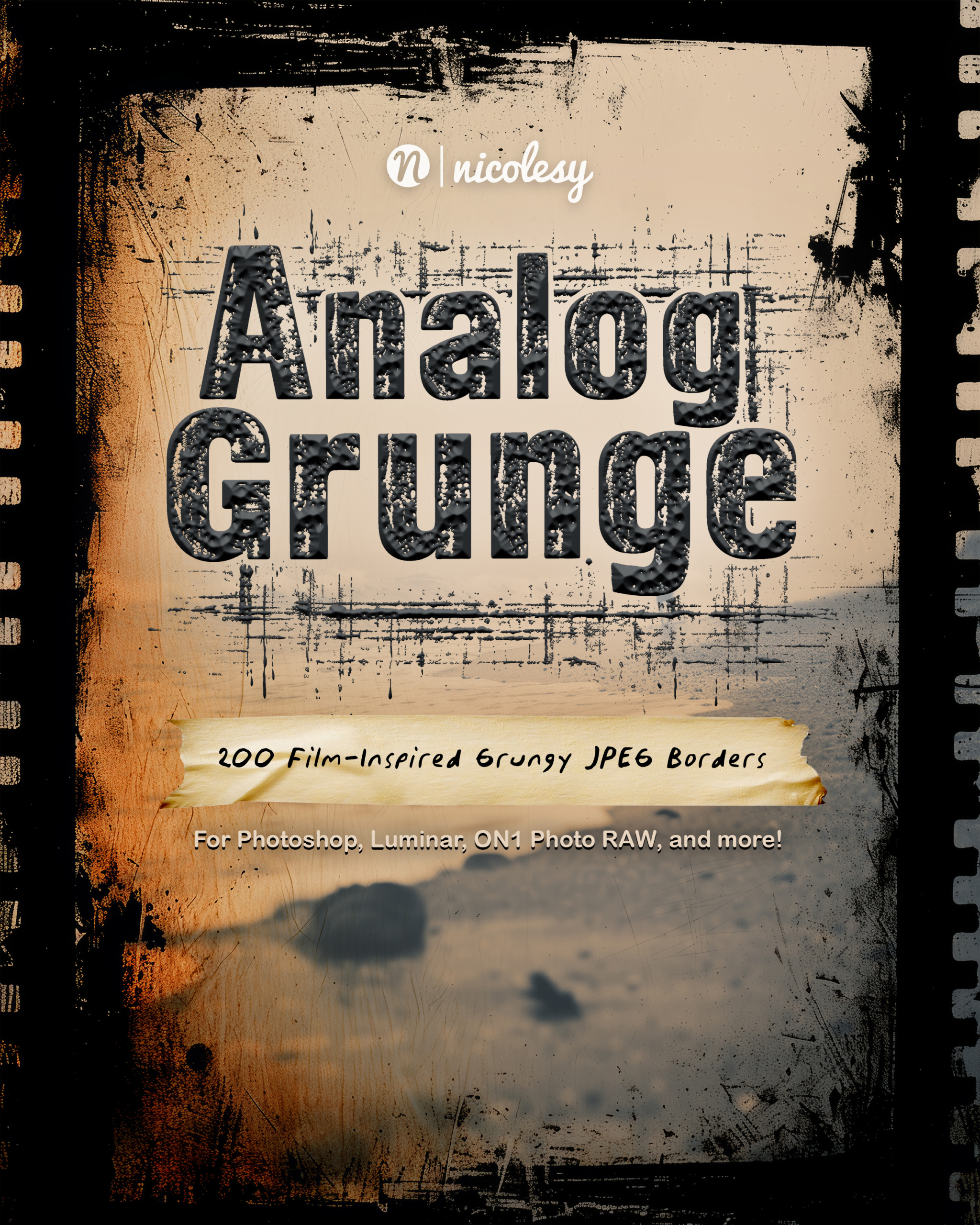
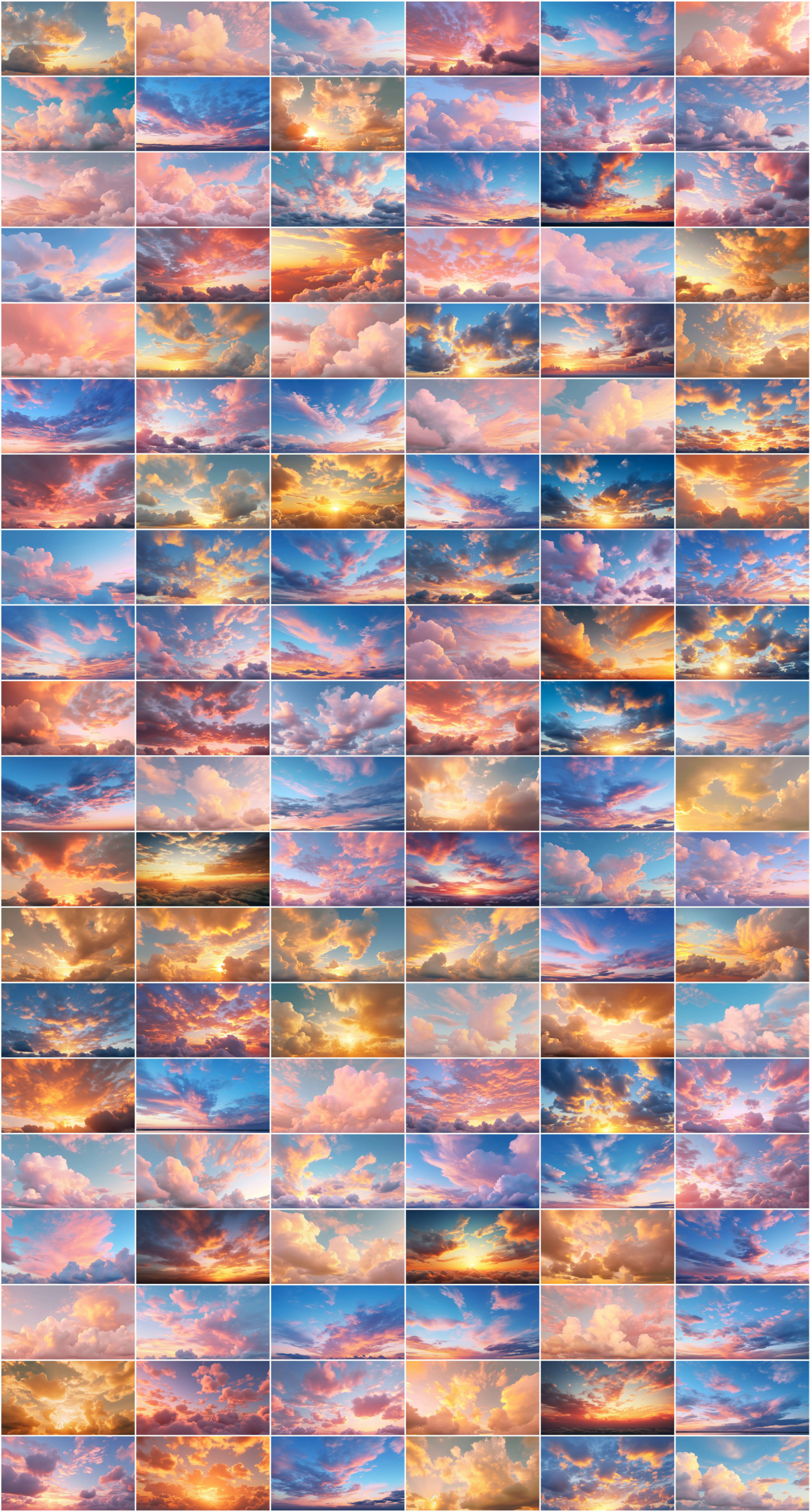
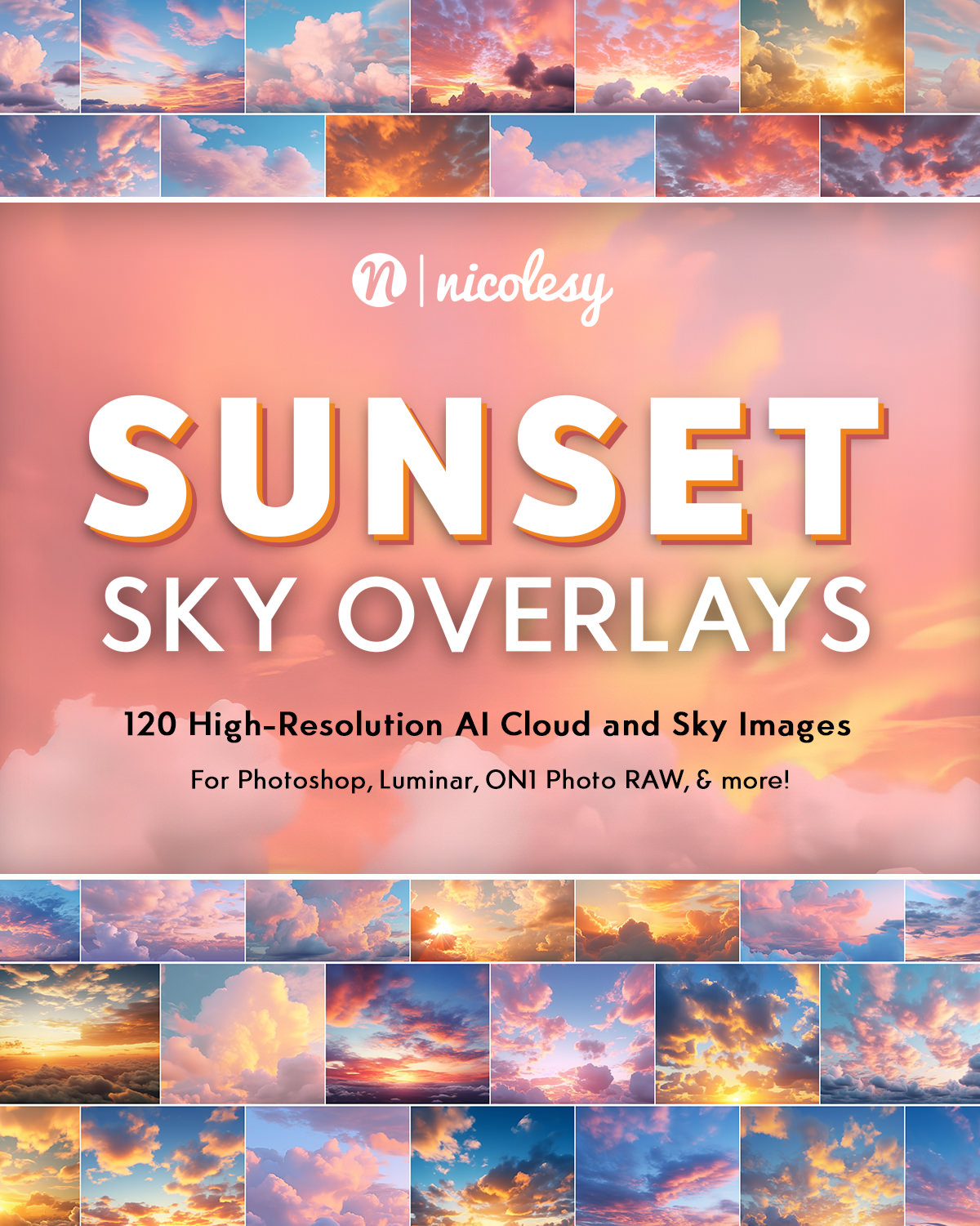
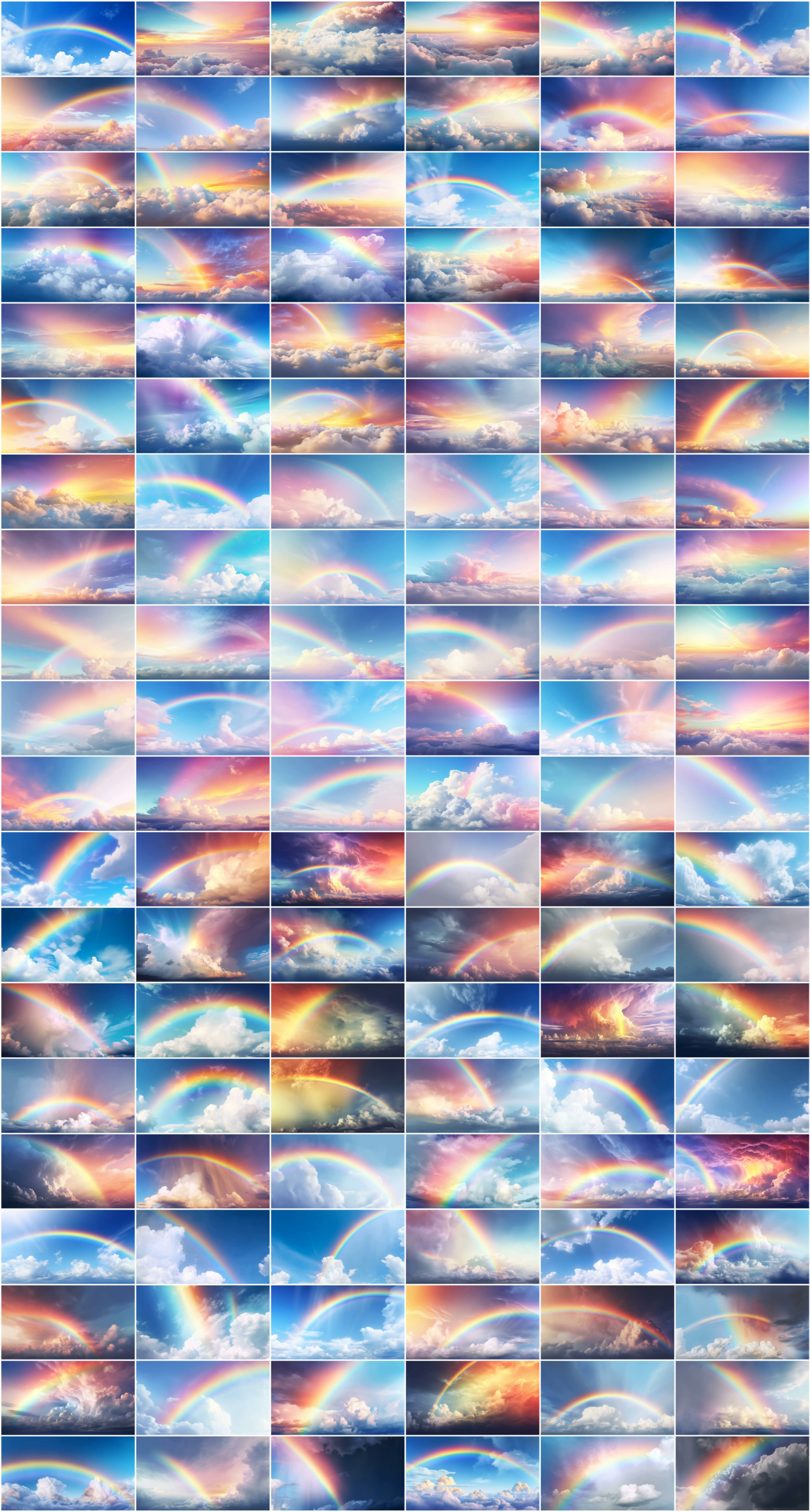

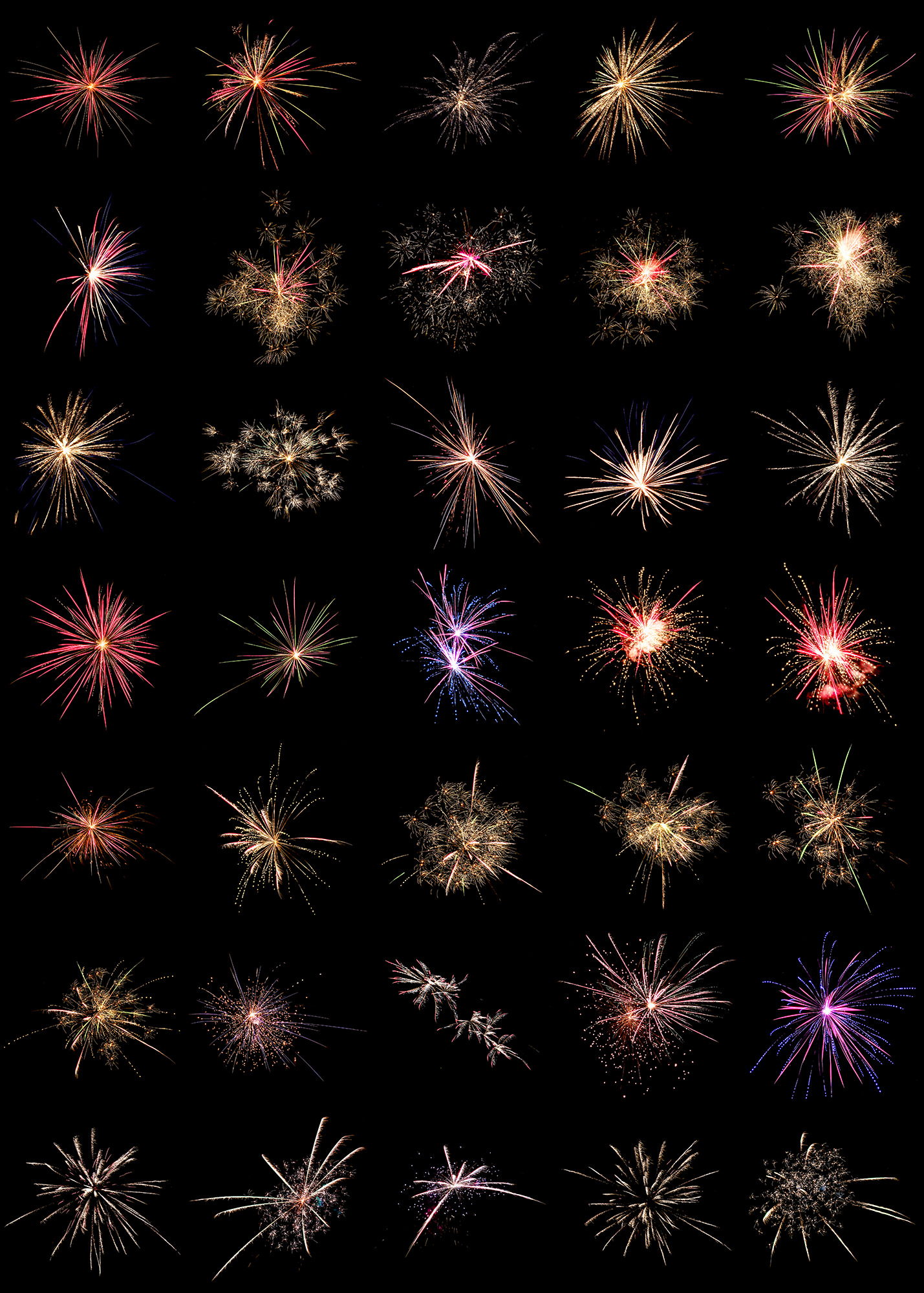
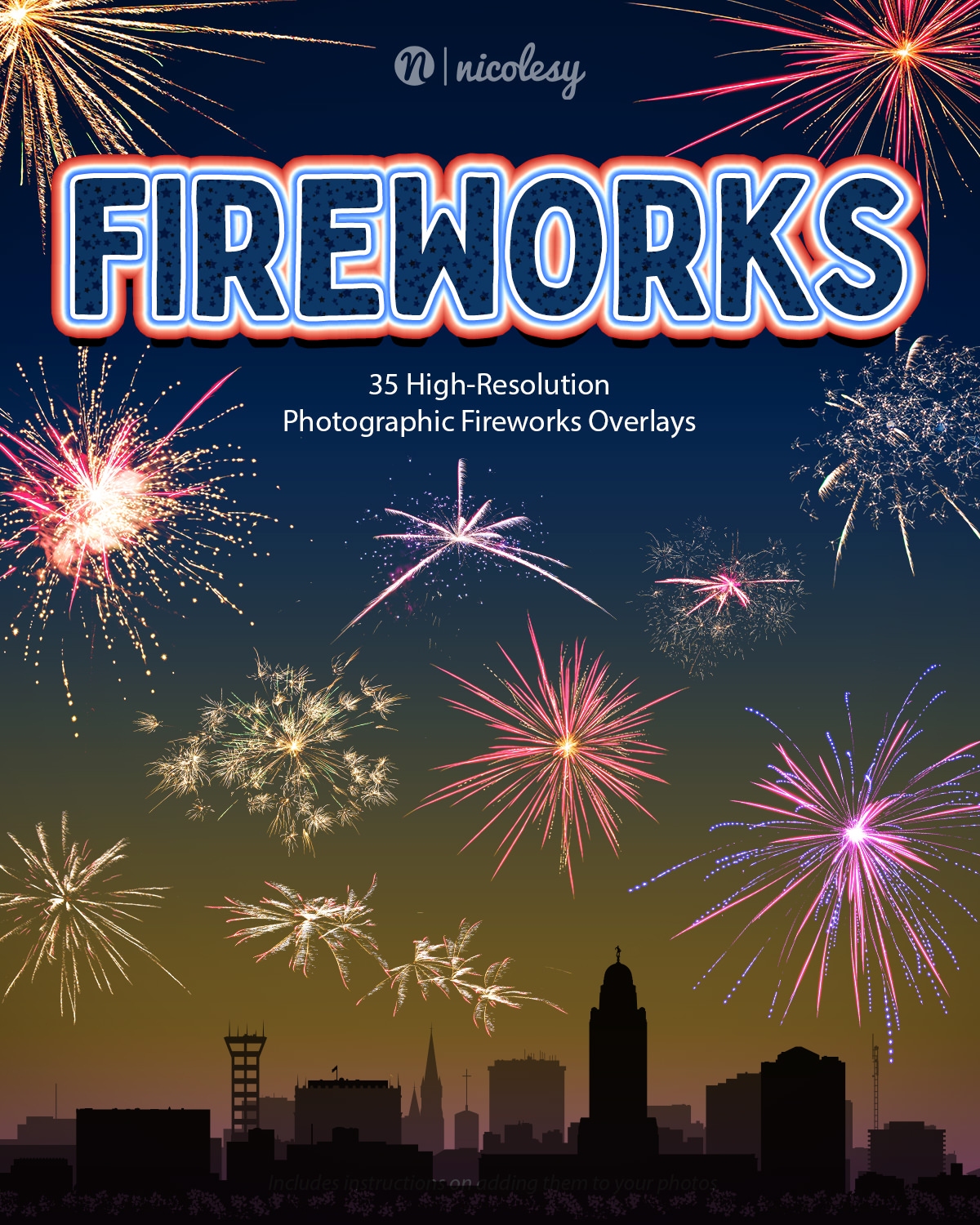
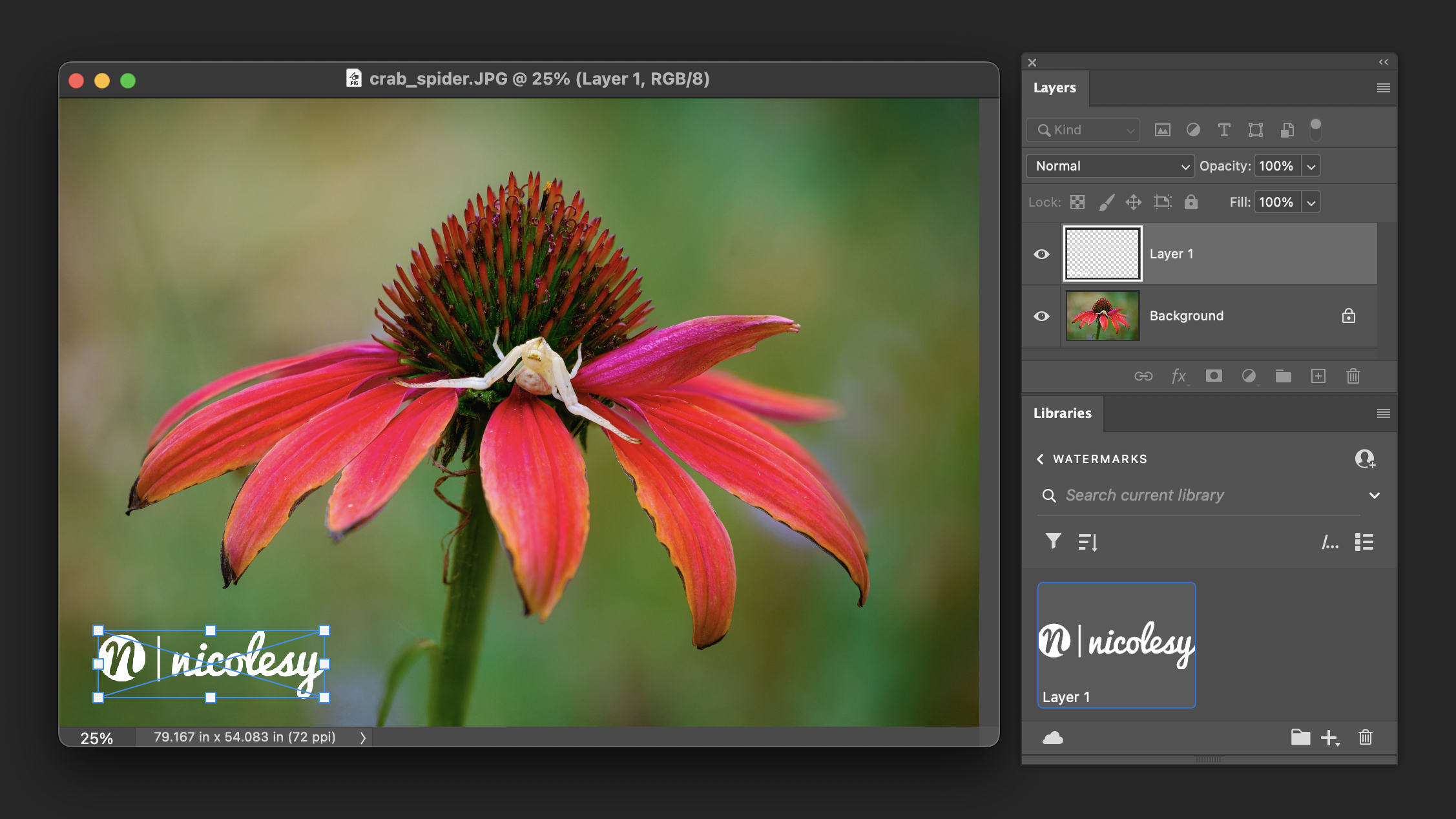
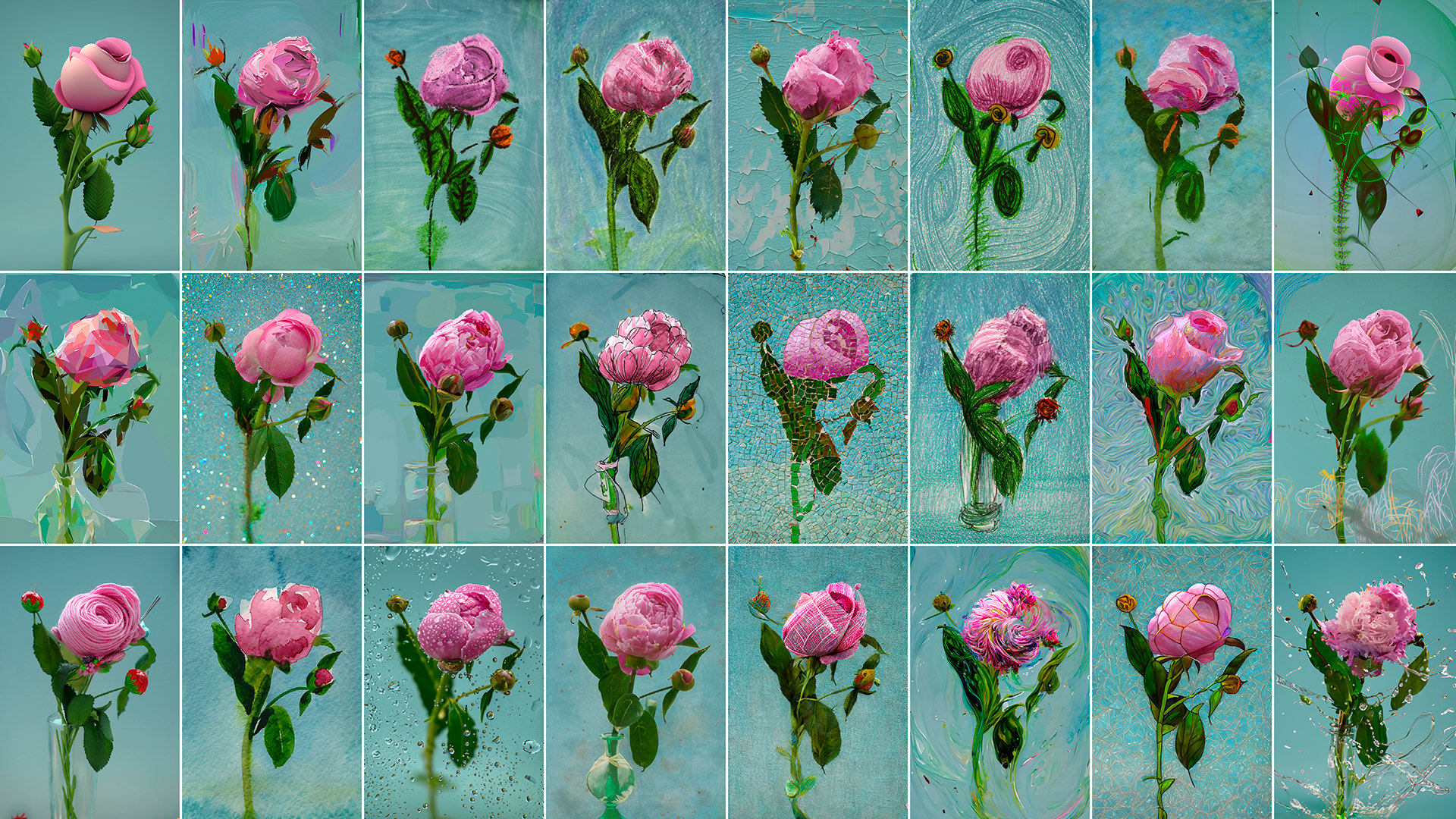

Nicole thank you for this article…….. I’ve been playing with the idea about using the vinyl backgrounds but just haven’t done it yet……. but will shortly………
Would like to say that I recently got some backdrops from Ink and Elm and they were total garbage. The printer that prints on the vinyl had run out of ink towards the end of the roll and it was showing all dots instead of the texture they were supposed to print. Also, when I ordered some larger backdrops recently the image they had used to print was not high resolution enough and the pattern was all blurry. Total waste of $350.